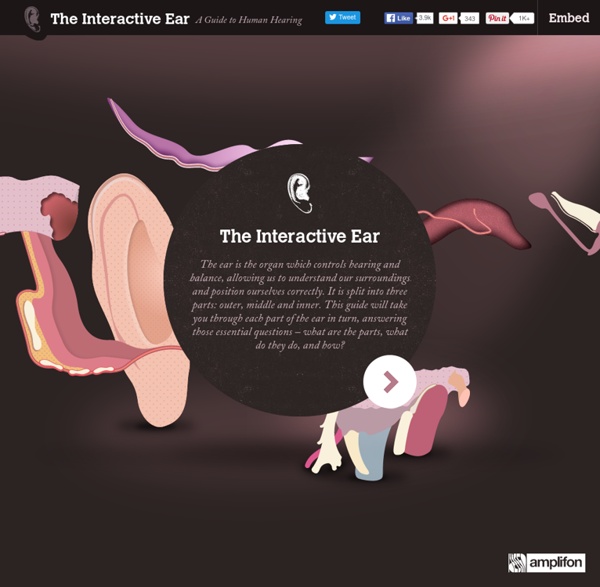Interactive Ear tool showing how the ear works by Amplifon

unit title
GCSE P1
GCSE Bitesize: Infrasound
Infrasound
Ultrasound
Four key lessons to get your school to outstanding
Definitions of outstanding abound, not least from Ofsted. Under the latest framework no school can be judged outstanding overall without outstanding teaching and learning. This instinctively makes sense. However, being an outstanding school is more than getting an Ofsted “outstanding grading” – that may take a school part of the way but it is not the end of the journey or the full story. So what does outstanding look like and what lessons can we learn from schools? In the CfBT Education Trust report To the Next Level: Good schools becoming outstanding (May 2011), one headteacher highlighted this difference: “You have to tighten up to be good. Within a culture of excellence students and teachers need to be empowered to take calculated risks. Consistency of and creativity in teaching.A personalised curriculum.Engagement of students.Relations with the outside world.Inspirational leadership. Lesson 2: Personalising the curriculum and the English Baccalaureate Certificate
Related:
Related:



